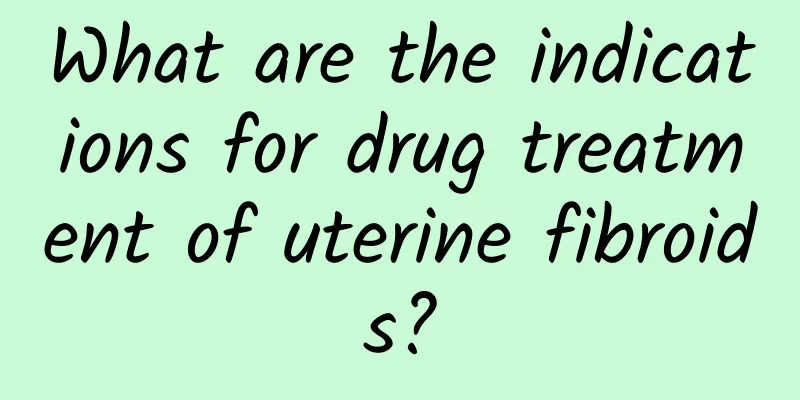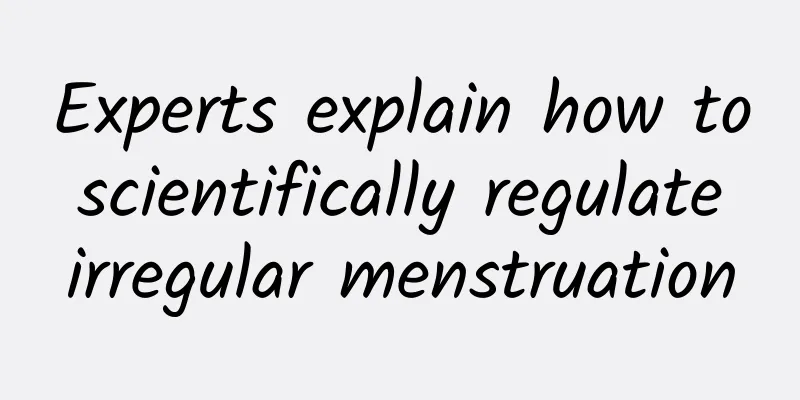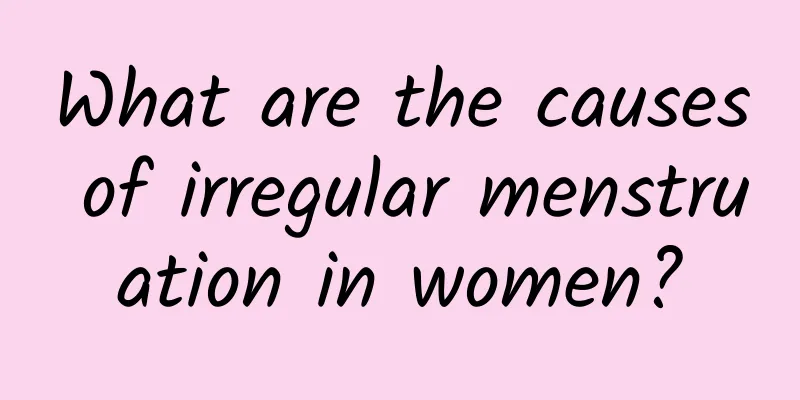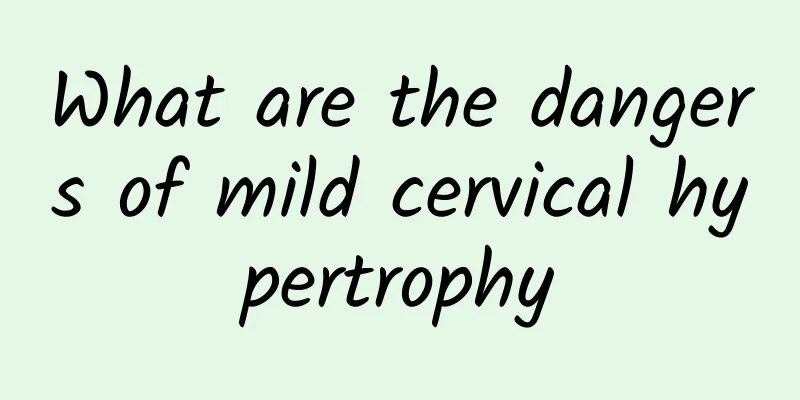What are the causes of uterine fibroids? What are the surgical care methods for uterine fibroids?
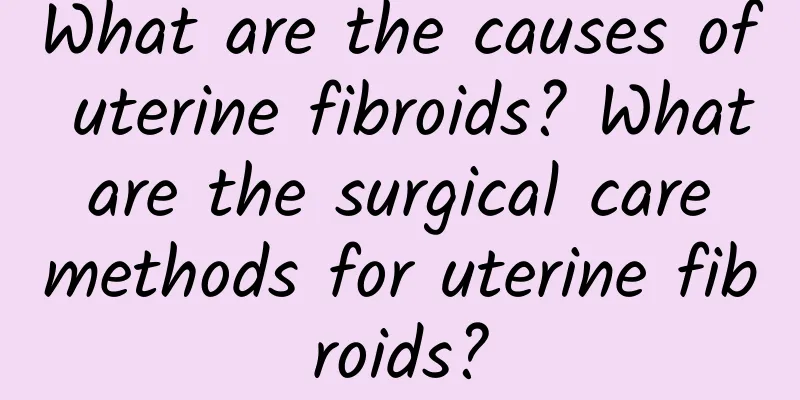
|
Uterine fibroids are one of the most common benign tumors in the female reproductive organs and one of the most common tumors in the human body. They are also called fibroids and uterine fibroids. Because uterine fibroids are mainly composed of the proliferation of uterine smooth muscle cells and a small amount of fibrous connective tissue exists as supporting tissue, they are more accurately called uterine leiomyoma. Uterine fibroids. Analysis of three causes of uterine fibroids in women 1. Sexual intercourse during the recovery period of pregnancy can easily lead to uterine fibroids. Sexual intercourse is prohibited in the early stages of pregnancy and two months before delivery, otherwise it will lead to miscarriage or premature birth and damage the uterus. Therefore, this is one of the causes of uterine fibroids. 2. The cause of uterine fibroids is related to sexual dysfunction. If women indulge in sex or minors start sex, it will damage their physical and mental health and easily lead to diseases such as cervical erosion and uterine fibroids. 3. Long-term unclean sex life is also a cause of uterine fibroids. Not paying attention to hygiene during sex. Pathogens can enter the uterine cavity through the vagina and cause endometrial infection. In addition, the stimulation of male smegma on the cervix is one of the causes of uterine fibroids. Two conventional treatments for uterine fibroids 1. The invasive hysteroscopy system can diagnose and treat a variety of diseases, such as female dysfunctional uterine bleeding, submucosal fibroids, endometrial polyps, intrauterine contraceptive rings, residual embryonic tissue after abortion, etc. After hysteroscopy, not only can laparotomy be avoided, but the uterus can also be preserved. Hysteroscopy is also safe for patients with uterine fibroids such as thrombocytopenia, hemophilia, leukemia, etc. Therefore, this is one of the treatments for uterine fibroids. 2. The minimally invasive hystero-laparoscopic system can also examine the vagina and uterine cavity of children and unmarried women, detect abnormalities in a timely and accurate manner, and treat the corresponding uterine fibroids. At the same time, it can also protect the integrity of the hymen and relieve the patient's pain. This is one of the easiest ways to treat uterine fibroids. Hystero-laparoscopy can also be used to diagnose the causes of infertility, correct uterine malformations, and diagnose early uterine fibroids. It is also a treatment method for uterine fibroids. Three types of care after uterine fibroid surgery 1. Catheter care After a total hysterectomy, patients routinely have a urinary catheter placed for 5 to 7 days. The catheter is usually catheterized with a double-lumen balloon. The urethral opening is properly cared for, the vaginal opening is disinfected every day, and the urine bag is changed every other day to prevent urethral infection and ascending infection. At the same time, the patient's urination should be observed more, such as urine volume and color, to actively prevent urinary tract infection, and bladder exercises should be appropriately strengthened. 2. Psychological care Total hysterectomy has a great psychological impact on patients, especially young women. More communication between relatives and friends can help patients correctly understand and treat the disease, eliminate or relieve tension, and enhance their confidence in overcoming the disease. In particular, as a spouse, you should supervise, observe, and comfort the patient, and cooperate with the doctor to strengthen psychological treatment; at the same time, the tacit understanding between husband and wife is conducive to promoting communication and coordination between patients and other family members and medical staff. 3. Diet adjustment In terms of diet, patients are advised to eat more high-protein, high-iron, and high-fiber foods after passing gas, such as cherries, grapes, fish soup, vegetables, etc., to prevent constipation and promote wound healing; but try to eat less irritating and gas-producing foods. |
<<: Three common causes of uterine fibroids and postoperative care for uterine fibroids
Recommend
Under what circumstances does endometrial tuberculosis usually occur?
In our lives, many women will suffer from endomet...
Experts explain the dangers of uterine fibroids in pregnant women
In real life, many female friends will suffer fro...
What are the precautions for preventing and treating adnexitis?
What are the precautions for preventing and treat...
Several major causes of cervicitis
Among gynecological diseases, cervicitis is one o...
What are the symptoms of pelvic peritonitis?
Patients with acute pelvic peritonitis can be tre...
What is the cause of abnormal watery leucorrhea?
Abnormal watery leucorrhea may be caused by a var...
How to treat irregular menstruation? How to treat irregular menstruation?
Menstruation is something that every woman should...
What medicine can cure uterine fibroids? What medicine is more effective in treating uterine fibroids?
Is there any medicine that can cure uterine fibro...
Does cervical erosion during pregnancy cause brown discharge? There are two things to note about cervical erosion during pregnancy.
Everyone should know that under normal circumstan...
How to take care of bacterial vaginosis more safely
Bacterial vaginosis is a trouble that many women ...
Four major hazards of cervicitis that should not be underestimated
Cervicitis is a disease that is very harmful to w...
Patients with functional uterine bleeding should pay attention to iron supplementation in their diet
Because functional uterine bleeding often causes ...
Specific causes of cervicitis
The onset of cervicitis is relatively common in l...
What are the symptoms of ovarian cysts in women
Ovarian cysts are the most common and frequent di...
Maintaining muscle mass with three meals helps consume energy
During the summer vacation, we have a lot of time...




